
www.nature.com/articles/s41...

www.nature.com/articles/s41...
theconversation.com/from-sea-ice...

theconversation.com/from-sea-ice...
1. Having the initial idea or insight,
2. Watching the idea develop into new experiments or a new model, and
3. Telling others.
Martin A. Schwartz
Check out also his Night Science podcast episode: podcasts.apple.com/us/podcast/7...

1. Having the initial idea or insight,
2. Watching the idea develop into new experiments or a new model, and
3. Telling others.
Martin A. Schwartz
Check out also his Night Science podcast episode: podcasts.apple.com/us/podcast/7...
The @newscientist.com have a new icy-cool video, speaking to BAS scientists about the Beyond EPICA project, highlighting why this work is so important in the face of climate change.
www.newscientist.com/video/249042...
The @newscientist.com have a new icy-cool video, speaking to BAS scientists about the Beyond EPICA project, highlighting why this work is so important in the face of climate change.
www.newscientist.com/video/249042...
We classified killer whale tracks into five movement modes using movement metrics and absolute space use, revealing finer-scale behaviour and insights into how they use space along the Norwegian coast 🐋🛰️🧪 tinyurl.com/y8a3wdmy

We classified killer whale tracks into five movement modes using movement metrics and absolute space use, revealing finer-scale behaviour and insights into how they use space along the Norwegian coast 🐋🛰️🧪 tinyurl.com/y8a3wdmy
www.nature.com/articles/s41...
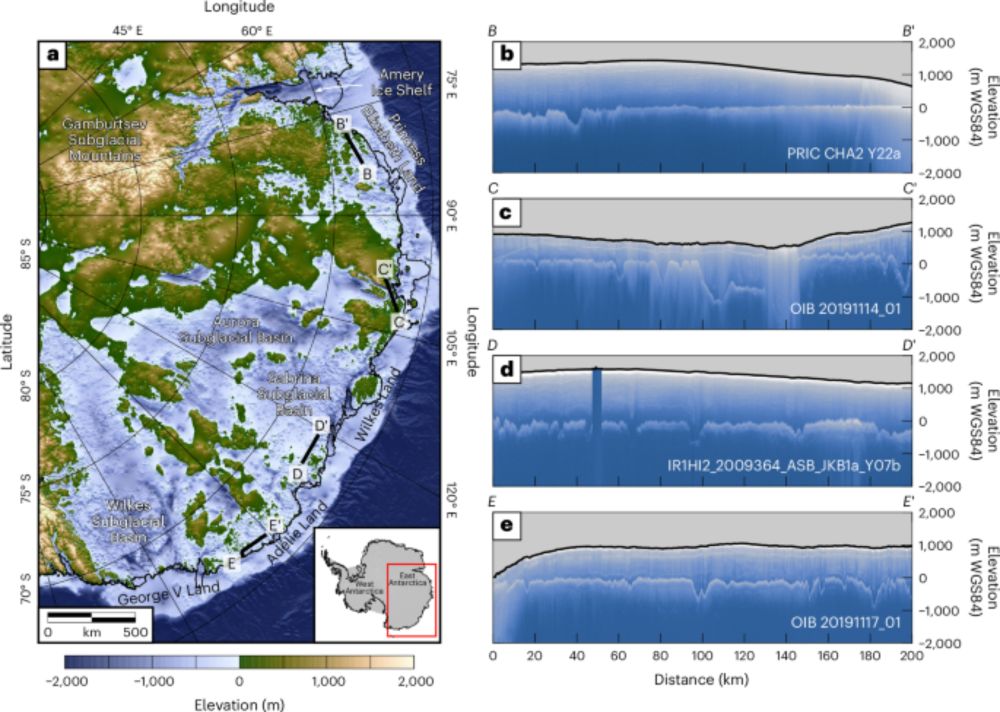
www.nature.com/articles/s41...
Massive kudos to Ed for spearheading this epic, super multidisciplinary work👏🥳 And so honoured to be a part of it.
doi.org/10.1093/pnas...
Massive kudos to Ed for spearheading this epic, super multidisciplinary work👏🥳 And so honoured to be a part of it.
doi.org/10.1093/pnas...
@geogdurham.bsky.social @leverhulme.ac.uk @bas.ac.uk

@geogdurham.bsky.social @leverhulme.ac.uk @bas.ac.uk
www.durham.ac.uk/news-events/...
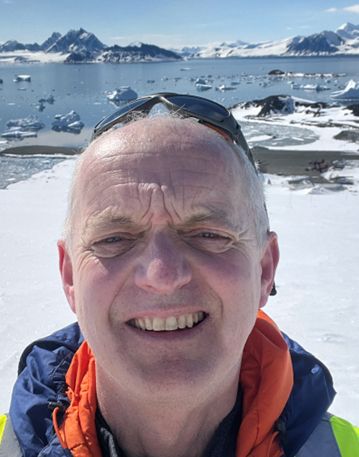
www.durham.ac.uk/news-events/...
Today, we celebrate the mighty Southern Ocean—a climate hero that deserves the spotlight.
To mark the day, we’re sharing three stunning data visualisations from a past EG-ABI competition, showcasing the impacts of climate change on the Southern Ocean.

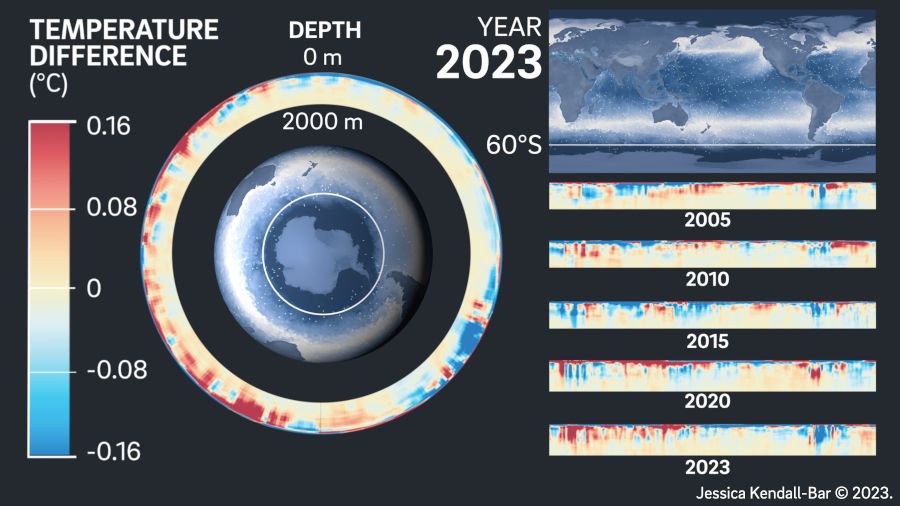

Today, we celebrate the mighty Southern Ocean—a climate hero that deserves the spotlight.
To mark the day, we’re sharing three stunning data visualisations from a past EG-ABI competition, showcasing the impacts of climate change on the Southern Ocean.
This is the second largest May-May increase in this dataset (3.6 ppm higher than 2024). This is not good... 🫣
Data from gml.noaa.gov/ccgg/trends/
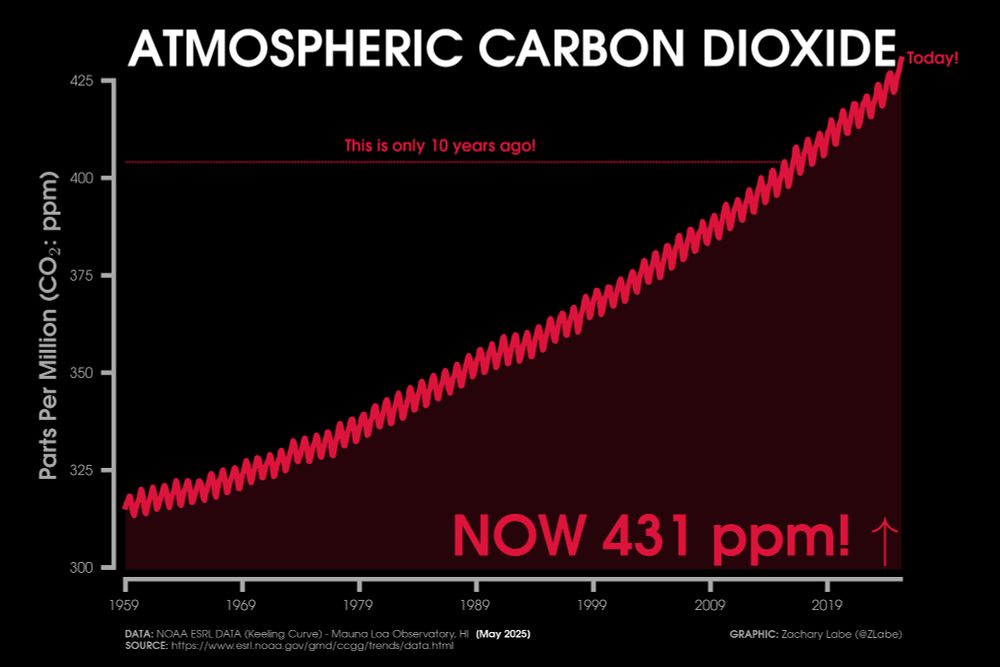
This is the second largest May-May increase in this dataset (3.6 ppm higher than 2024). This is not good... 🫣
Data from gml.noaa.gov/ccgg/trends/
Read the paper here:
link.springer.com/article/10.1...
And a summary here(including an epic fieldwork video): antsie.webspace.durham.ac.uk/2025/06/06/s...

Read the paper here:
link.springer.com/article/10.1...
And a summary here(including an epic fieldwork video): antsie.webspace.durham.ac.uk/2025/06/06/s...
"As a result, the level of services for affected products below will be reduced to Basic—meaning they will remain accessible but may not be actively maintained, updated, or fully supported."
nsidc.org/data/user-re...
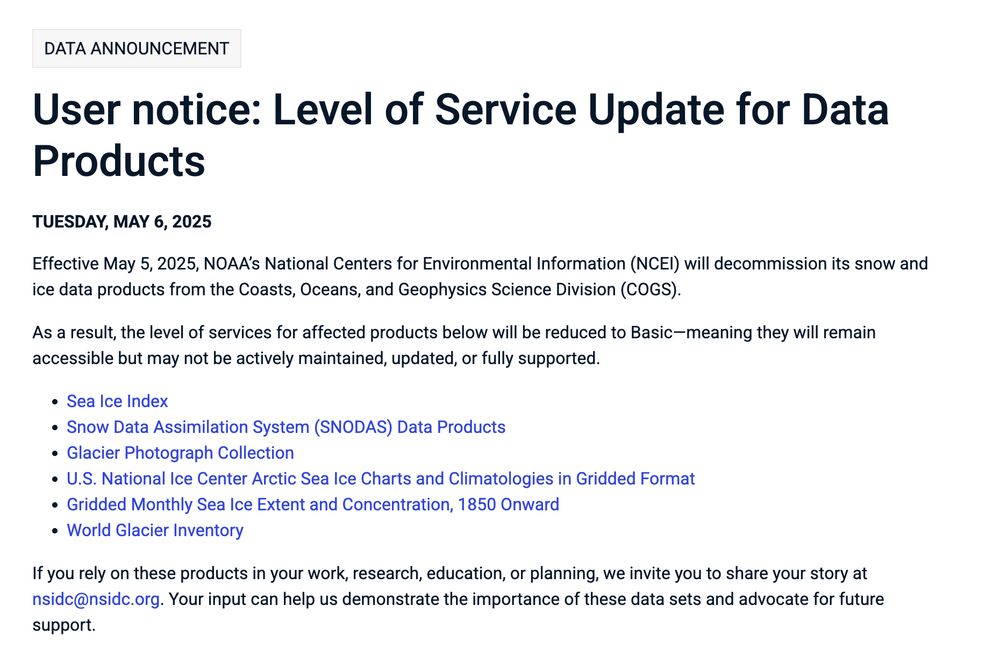
"As a result, the level of services for affected products below will be reduced to Basic—meaning they will remain accessible but may not be actively maintained, updated, or fully supported."
nsidc.org/data/user-re...
#Photography #Antarctica #Fieldwork
#PolarScience #GlacierLife #BlueIce #SciencePhotography
#VisualScience #IceStories #Earth #Expedition
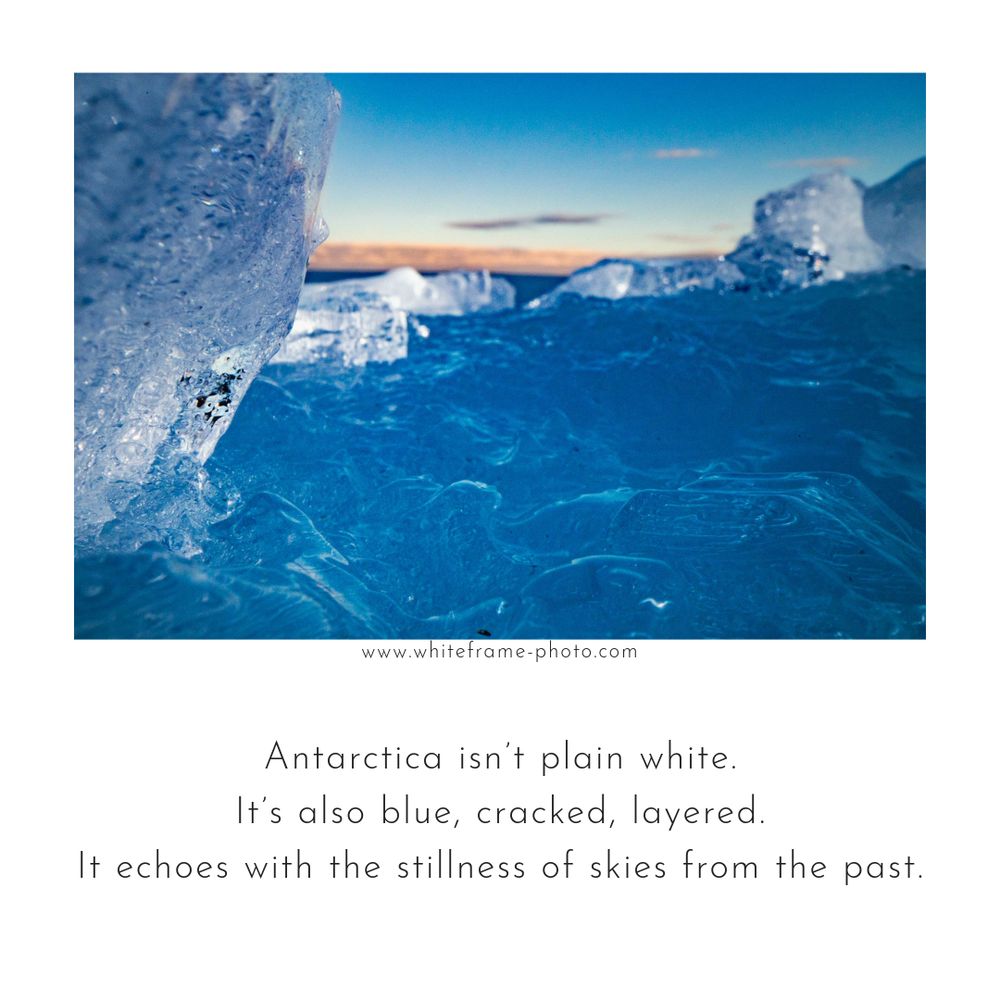
#Photography #Antarctica #Fieldwork
#PolarScience #GlacierLife #BlueIce #SciencePhotography
#VisualScience #IceStories #Earth #Expedition
Antarctica might feel very remote - until you look at the planet from a different perspective. It's actually central to our world's ocean currents.
🎁 Check the alt text to dig into this diagram
🌊 This is from a new book by BAS' @oceanandice.bsky.social (et al.)
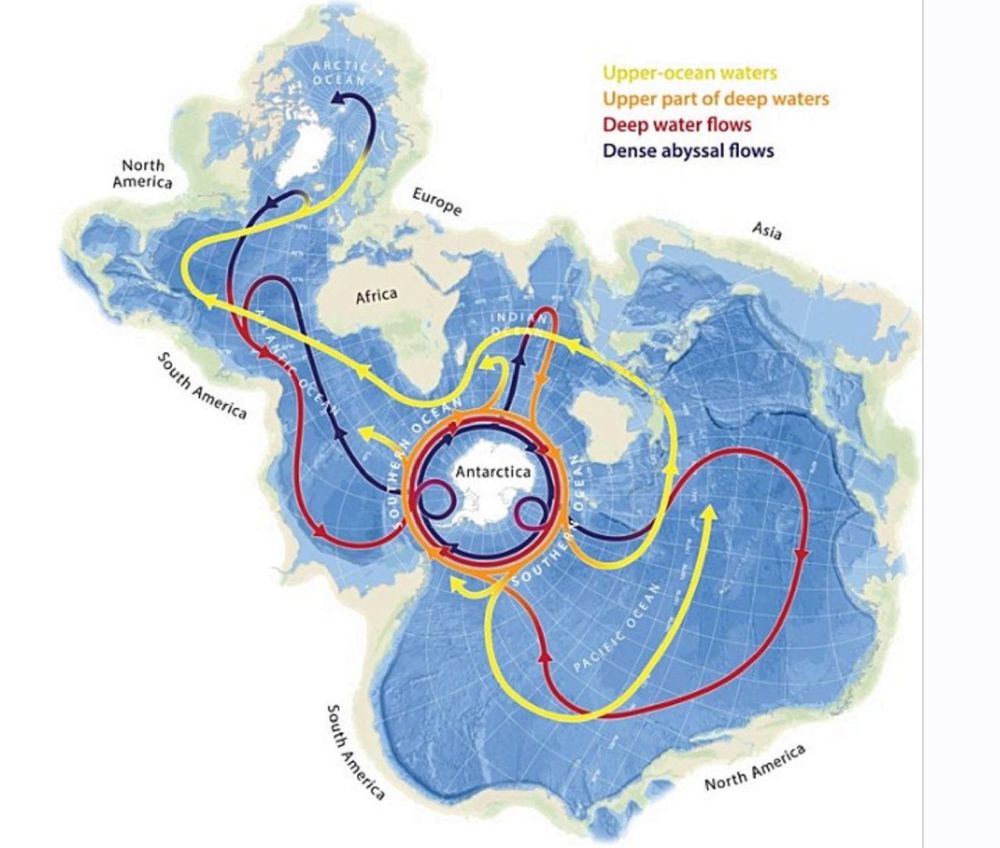
Antarctica might feel very remote - until you look at the planet from a different perspective. It's actually central to our world's ocean currents.
🎁 Check the alt text to dig into this diagram
🌊 This is from a new book by BAS' @oceanandice.bsky.social (et al.)
Also learnt that 30’C was possible at 70N! 😱😱




Also learnt that 30’C was possible at 70N! 😱😱
Graph from @nsidc.bsky.social
1/n
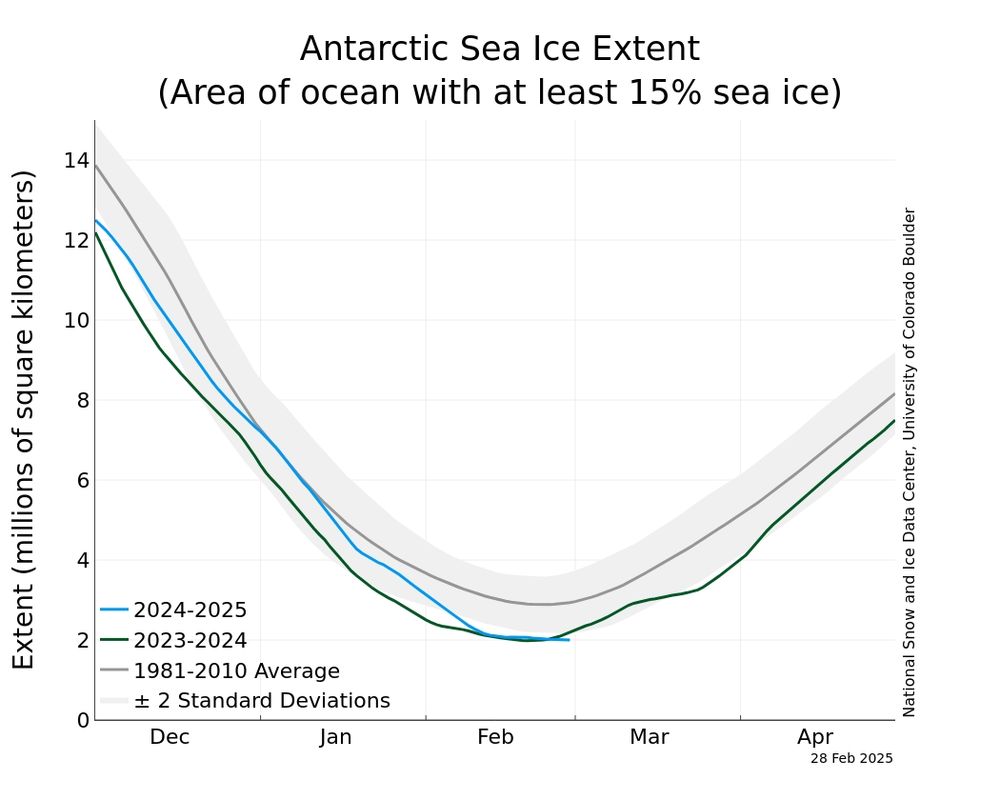
Graph from @nsidc.bsky.social
1/n
The Explorers Club recognizes SETI Institute Senior Research Scientist Dr. Dale Andersen with its Finn Ronne Memorial Award. Andersen has spent nearly five decades exploring Earth's most extreme environments.

The Explorers Club recognizes SETI Institute Senior Research Scientist Dr. Dale Andersen with its Finn Ronne Memorial Award. Andersen has spent nearly five decades exploring Earth's most extreme environments.
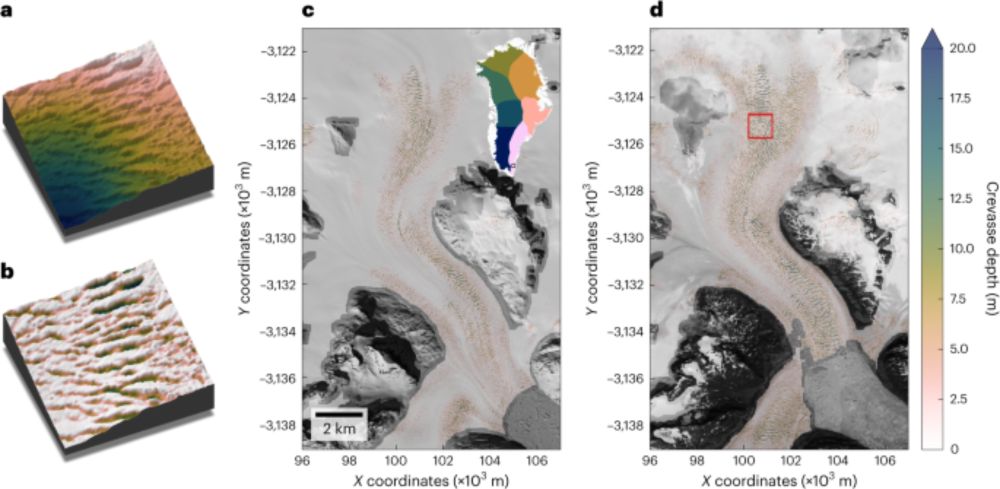
Satellite observations of subglacial lakes are much needed for improving knowledge of subglacial meltwater dynamics and evolution, and for improving simulating these processes in models.
#glaciology #Antarctic #remotesensing #hydrology 🛰 💧
We use #ICESat2 to show lakes fill and drain beneath slow-moving ice. Modelling likely meltwater routes suggests lakes discharge meltwater under ice shelves.
tiny.cc/wsu7001 @npiglaciology.bsky.social

Satellite observations of subglacial lakes are much needed for improving knowledge of subglacial meltwater dynamics and evolution, and for improving simulating these processes in models.
#glaciology #Antarctic #remotesensing #hydrology 🛰 💧

